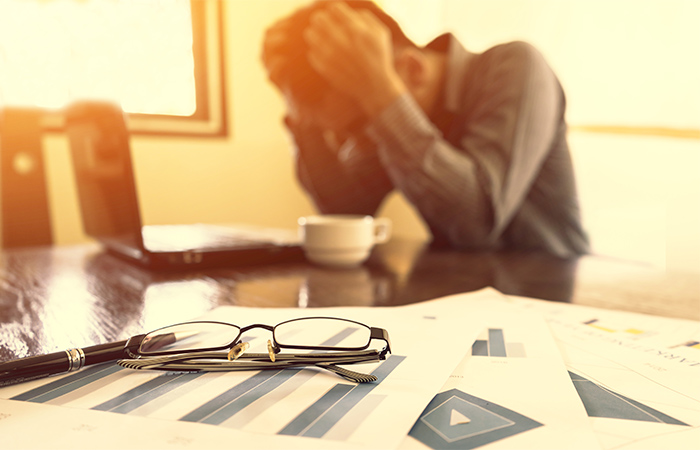
I’ve been working from home for over five years, however, even I have struggled adjusting to 2020, so how on earth are employees who are used to working in offices coping?
I’ve spent more time at my desk, staring at my screen and sitting still than ever before, and I am not alone.
Are we becoming a nation of agoraphobic hermits?
A little something for us children of the eighties, anyone remember Game On, and house bound Matthew yelling; Martin… Tea?
Little did we realise that 25 years later we would be the ones stuck in our houses, albeit with a little more freedom to leave than Matthew struggling with agoraphobia and overcompensating. However, as cases of coronavirus have been rising we have seen more and more people choosing to leave their house less and less, and our wellbeing is under threat.
No longer required to step outside for their daily commute, more and more people are simply moving from bedroom to kitchen, to desk and back.
As mentioned I have been working from home for over five years, and I have noticed my physical health decline over the past eight months. Where I used to get out and go to meetings, I now meet people in 2-D, and where I might have bought a coffee and walked between meetings, I now go to the Kitchen make a cup and go back to staring at my computer screen again.
With many companies embracing flexible working, and virtual meetings set to become far more commonplace, what can employees and employers do to reverse the decline in physical and emotional wellbeing?
How can managers get their teams up and away from their screens, and why should they?
We know that extended screen time takes its toll on our eyes, it’s why almost all companies offer free eye tests for employees who regularly use a VDU as part of their work. With extended period of sitting still being linked to Cancer, DVT and a number of other physical conditions. Employers need to think about how they can get their employees on their feet.
One idea is to have a thirty minute call with your team every day, not first thing, and not at the end of the day. The purpose of the call is to understand any issues they’re having, and look to remove any barriers that they’re experiencing to them doing their work. Not to check they’re at the desk at 8.55 ready to start the day.
The format of the call is a walking call, away from computer screens, ideally in open space where people can stretch their eyes and look beyond the next building.
For some teams this may not be practical, and it may be that a manager sending round a note each day checking that people have remembered to get out of the house today is enough. However, it is important to show employees it is alright to leave their desk and to give them a gentle nudge to do it.
Just because we have embraced video conferencing, doesn’t mean it should be the answer to all our communication needs. Showing people that they don’t need to be tied to their desk 24/7 is the key to helping them keep a healthy balance in their lives.
Another idea that has been surfacing is to do a fake commute, get out of the house for a walk at the start and end of the day. This can help to transition form work you to home you, and provide a healthy bookend to the day.
Photo competitions and other initiatives, can help you to provide an incentive to get people out of their homes, and don’t require any investment.
Ultimately it doesn’t need to become a big exercise in employee wellbeing, it just needs a gentle reminder on a regular basis for it to become common place and it will make a big difference to peoples’ wellbeing and productivity.
Are you one of the 73% of companies looking to enhance their benefits package in 2020?
Holidays make people happier, healthier and more productive. Get in touch to see how we can help make them more affordable for your colleagues, and help them get back to normal in 2021.
Article written by Mike Bartlett, Director at Travel Accounts